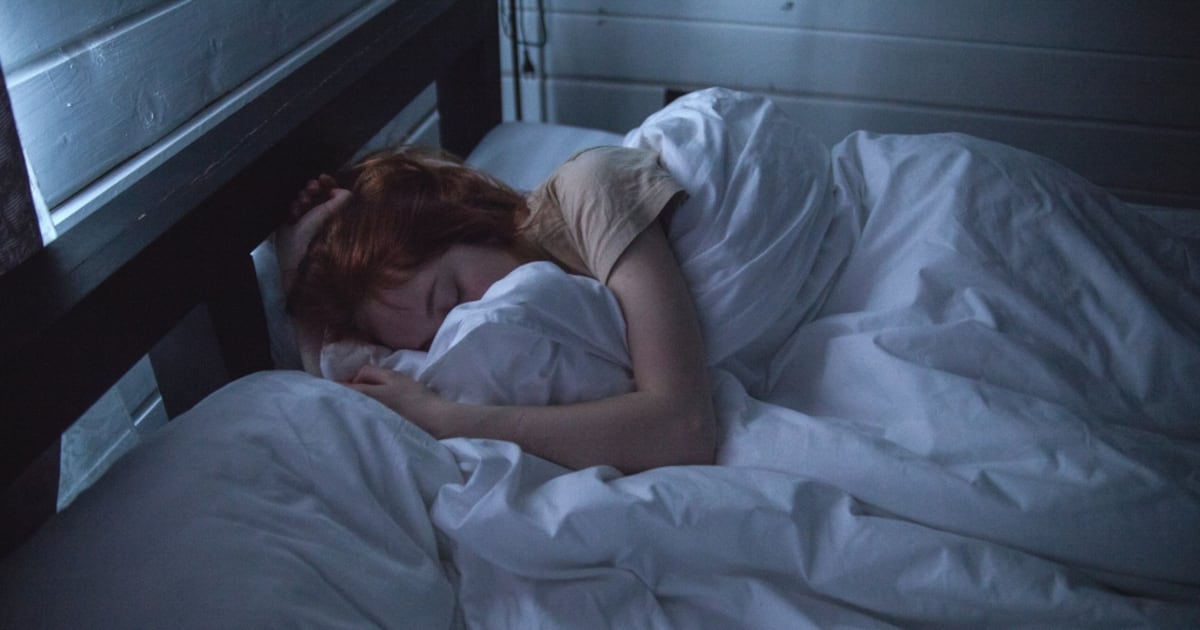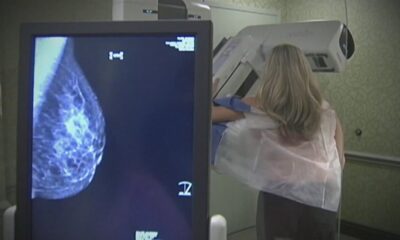Health
Recognizing Sleep Apnea: Key Signs and Effective Treatments

Sleep apnea is a sleep disorder that can significantly impact health by disrupting breathing during sleep. Individuals suffering from this condition may find themselves repeatedly waking throughout the night, which can lead to inadequate oxygen levels while sleeping. According to Cody Allen, director of operations and clinical sleep specialist at Ontario Sleep Care, the first noticeable symptom is often snoring. In an interview with CTV Your Morning Ottawa, Allen stated, “The most common thing is snoring. When people start snoring it’s kind of a red flag.”
While not everyone who snores has sleep apnea, it is the most widely recognized warning sign. Other indicators include persistent fatigue, the need for daytime naps, difficulty initiating or maintaining sleep, and even depression linked to chronic tiredness. Allen emphasizes that if someone feels excessively fatigued and relies heavily on caffeine to stay awake, they should consult their family physician to discuss the possibility of undergoing a sleep test.
Common Risk Factors and Complications
Sleep apnea affects more men than women, particularly those who are middle-aged or older. Individuals with obesity are also at a higher risk for developing this disorder. Lifestyle choices, such as smoking and alcohol consumption, can exacerbate the condition. Complications arising from untreated sleep apnea include hypertension, excessive daytime fatigue, metabolic syndrome, weight gain, and chronic headaches.
Allen advises those who suspect they may have sleep apnea to seek medical advice. “If you’re constantly tired and not able to work throughout your day without having 10 cups of coffee and not making it to dinnertime, that’s a red flag,” he said.
Effective Treatment Options
The most common and effective treatment for sleep apnea is the use of a Continuous Positive Airway Pressure (CPAP) machine. Although many people initially resist using CPAP due to discomfort, Allen insists that the benefits far outweigh any initial hesitance. “Yes, it’s not fun to wear a mask to sleep, but it does improve your sleep substantially, to the point where you don’t care to wear a mask if you feel like a million bucks the next day,” he noted.
Modern CPAP machines have significantly evolved and are more user-friendly than in the past. Allen explained that earlier models resembled small generators, while today’s devices are sleek and compact, resembling laptops or tablets. “They’re very small, very quiet. The masks are very small and quiet. So, it’s gotten a lot easier for people to wrap their heads around wearing a mask on their face at night,” he added.
In summary, recognizing the signs of sleep apnea is crucial for maintaining overall health. Individuals experiencing symptoms should consult with healthcare professionals to explore testing and treatment options. Proper management can lead to improved sleep quality and a better quality of life.
-

 World4 months ago
World4 months agoScientists Unearth Ancient Antarctic Ice to Unlock Climate Secrets
-

 Politics3 days ago
Politics3 days agoSecwepemc First Nation Seeks Aboriginal Title Over Kamloops Area
-

 Entertainment4 months ago
Entertainment4 months agoTrump and McCormick to Announce $70 Billion Energy Investments
-

 Lifestyle4 months ago
Lifestyle4 months agoTransLink Launches Food Truck Program to Boost Revenue in Vancouver
-

 Science4 months ago
Science4 months agoFour Astronauts Return to Earth After International Space Station Mission
-

 Technology2 months ago
Technology2 months agoApple Notes Enhances Functionality with Markdown Support in macOS 26
-

 Top Stories4 weeks ago
Top Stories4 weeks agoUrgent Update: Fatal Crash on Highway 99 Claims Life of Pitt Meadows Man
-

 Sports4 months ago
Sports4 months agoSearch Underway for Missing Hunter Amid Hokkaido Bear Emergency
-

 Politics3 months ago
Politics3 months agoUkrainian Tennis Star Elina Svitolina Faces Death Threats Online
-

 Politics4 months ago
Politics4 months agoCarney Engages First Nations Leaders at Development Law Summit
-

 Technology4 months ago
Technology4 months agoFrosthaven Launches Early Access on July 31, 2025
-

 Top Stories2 weeks ago
Top Stories2 weeks agoFamily Remembers Beverley Rowbotham 25 Years After Murder





















